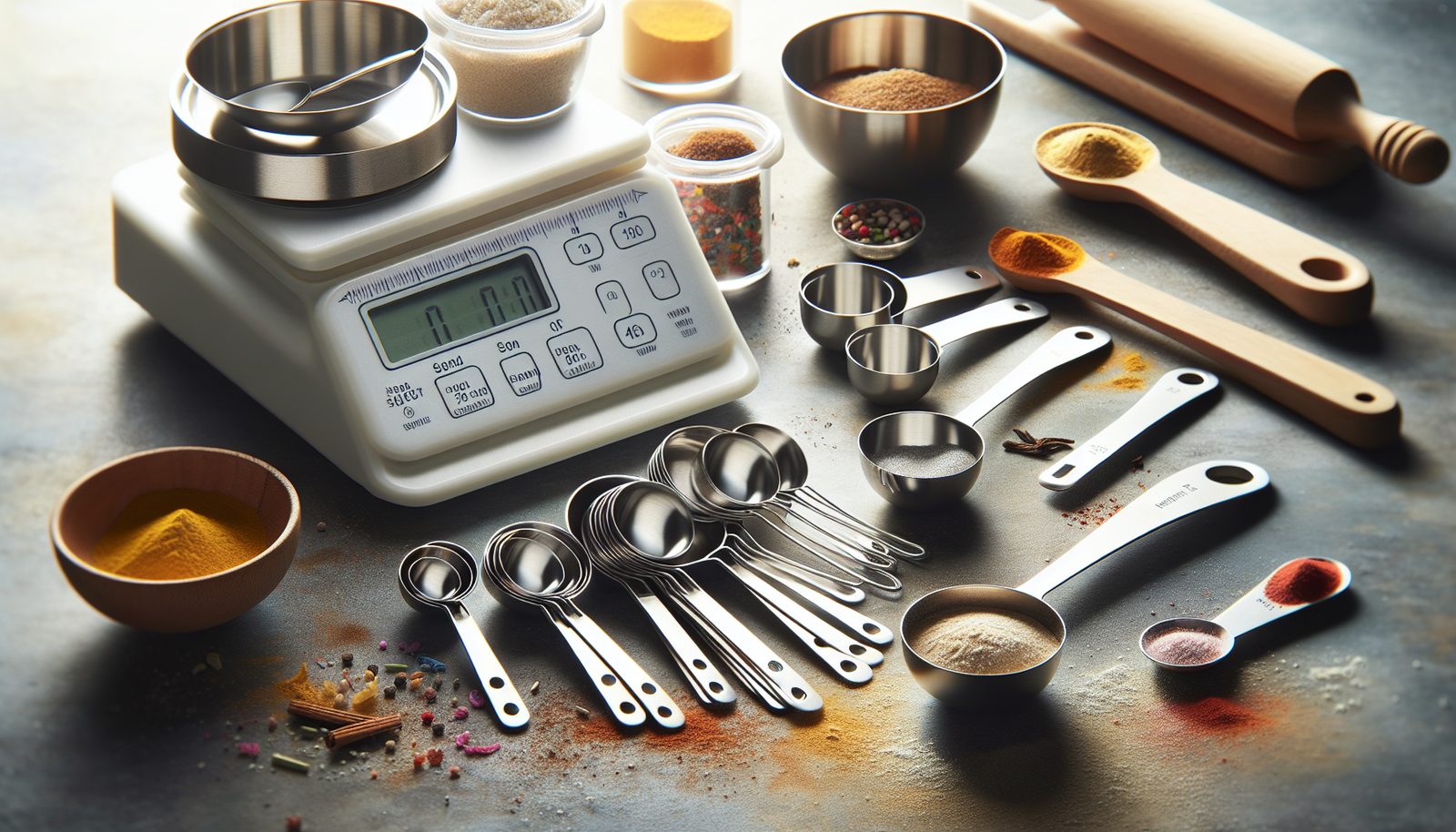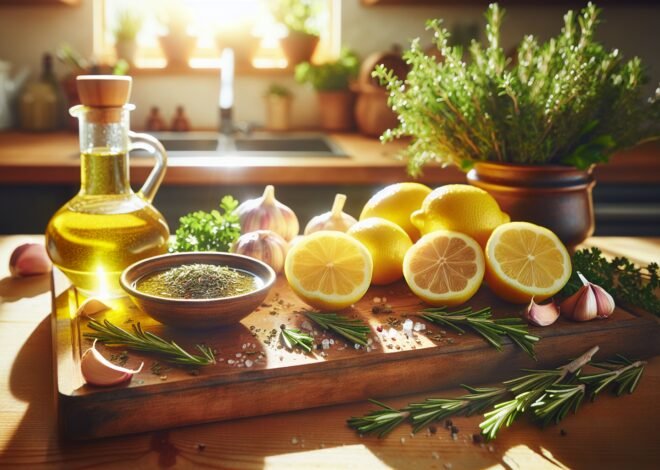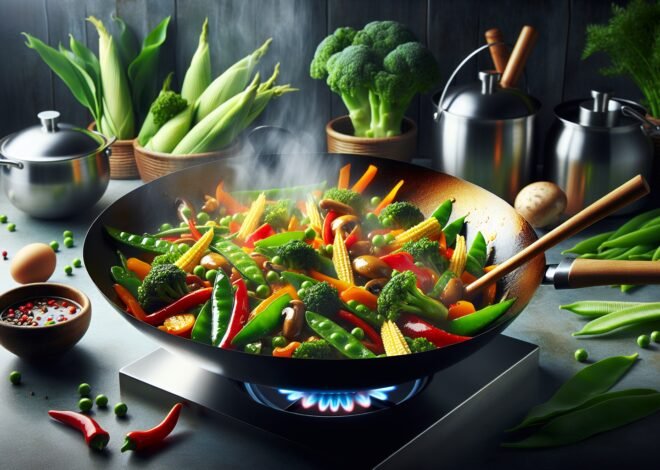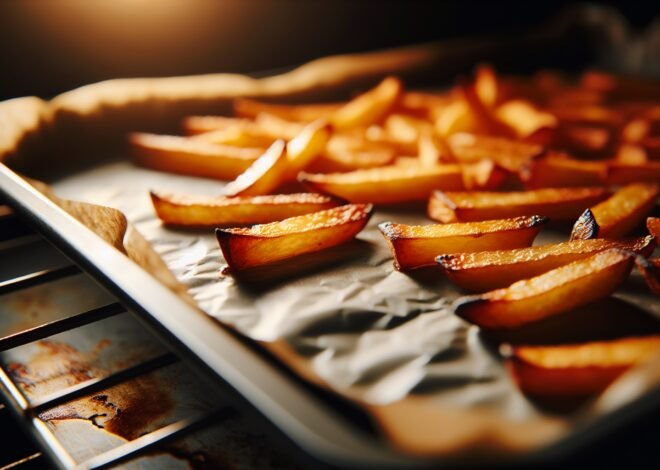
Best Measuring Tools for Small Quantities: Teaspoons and Beyond
The best measuring tools for small quantities are essential for precision in cooking and baking. It’s estimated that a minor miscalculation in ingredients can drastically alter the outcome. This post explores options beyond the standard teaspoon, such as digital scales and miniature beakers, to enhance accuracy in your culinary endeavors. Discover tools that offer consistency, ease of use, and affordability, ensuring your recipes are flawless every time. Stay tuned to uncover practical solutions for achieving perfect measurements, whether you’re a novice or an experienced chef.
“`markdown
## Introduction to Measuring Tools for Small Quantities
Accurate measurement is crucial in both cooking and baking. The right tools can make the difference between a successful dish and a culinary disaster. Measuring tools for small quantities are essential for precision. They help in achieving the desired taste and texture. This section explores the importance of accurate measurements, common challenges, and standard tools available.
### Importance of Accurate Measurement in Cooking and Baking
Precision in measuring ingredients is key to maintaining the balance of flavors and consistency. A slight deviation can drastically alter a recipe. For instance, too much salt can overpower a dish, while too little might leave it bland. Baking, in particular, relies heavily on exact measurements. Ingredients like baking powder or yeast require precision to ensure proper chemical reactions. A well-measured ingredient list can be the difference between a fluffy cake and a dense one.
### Common Challenges in Measuring Small Amounts
Measuring small quantities poses unique challenges. Ingredients can clump together or stick to the measuring tool, affecting accuracy. For instance, sticky ingredients like honey or molasses can leave residue, altering the intended measurement. There’s also the issue of human error. It’s easy to misjudge the level of a teaspoon or tablespoon, especially when distracted. These challenges emphasize the need for reliable measuring tools.
### Overview of Standard Measuring Tools
Standard measuring tools include teaspoons, tablespoons, and measuring cups. These tools are typically used for both dry and liquid ingredients. Teaspoons and tablespoons are perfect for small amounts of spices or baking powder. Measuring cups are more suited for larger quantities. The material of these tools can vary. From plastic to metal, each has its pros and cons. Plastic is lightweight but prone to staining. Metal, on the other hand, is durable but can be heavier.
## Best Measuring Tools for Small Quantities
Selecting the right measuring tool can elevate your kitchen experience. There are various options designed specifically for small quantities. This section will delve into the benefits of using teaspoons and tablespoons, precision tools for liquids, and specialized tools for dry ingredients.
### Benefits of Using Teaspoons and Tablespoons
Teaspoons and tablespoons are versatile and easy to use. They come in sets, ensuring uniformity in measurement across recipes. These tools are ideal for both liquid and dry ingredients. Their small size makes them perfect for spices, herbs, and baking agents. Stainless steel versions are dishwasher safe and resist rust. Plastic options are lightweight and often come in vibrant colors. Their compact size makes them easy to store, fitting neatly in most kitchen drawers.
### Precision Measuring Tools for Liquid Ingredients
Liquid ingredients require specialized tools for accuracy. Graduated cylinders and pipettes provide precise measurements. These tools are perfect for oils, extracts, and other liquid flavorings. Graduated cylinders have clear markings, ensuring exact amounts. Pipettes allow for drop-by-drop precision, ideal for small-volume recipes. These tools are typically made of glass or plastic. Glass offers clarity and resists staining, while plastic is shatterproof.
### Specialized Tools for Dry Ingredients Measurement
Dry ingredients can be tricky to measure accurately. Flour, sugar, and spices need specialized tools for precision. Kitchen scales offer exact measurements in grams or ounces. Sifting spoons ensure fluffy flour by removing lumps. Spice spoons are designed to fit into narrow spice jars. These tools make it easier to level off the excess, ensuring accuracy. They often come in sets, offering a range of measurement options.
## Tips for Using and Maintaining Measuring Tools
Proper care and usage of measuring tools ensure their longevity and accuracy. This section offers tips on cleaning, storage, calibration, and choosing the right tool for your ingredients.
### Proper Cleaning and Storage Techniques
Regular cleaning of measuring tools prevents cross-contamination. Metal tools can be washed in the dishwasher, but hand-washing is recommended to prevent damage. Use warm, soapy water to clean plastic tools. Ensure thorough drying to prevent mold growth. For storage, stack measuring cups and hang spoons to save space. Keep tools away from heat to avoid warping. Proper storage extends the life of your tools and maintains their integrity.
### Calibration and Accuracy Maintenance
Calibration is crucial for maintaining the accuracy of measuring tools. Digital scales require frequent calibration checks. Use standard weights to ensure accuracy. Over time, manual adjustments might be necessary. Regular checks ensure your tools provide precise measurements. Calibration might seem tedious, but it’s essential for consistent results. Accurate tools are a chef’s best friend.
### Choosing the Right Tool for Your Ingredients
Different ingredients require different tools. Choose wisely based on the ingredient and quantity. For liquids, use graduated cylinders or pipettes. For dry ingredients, consider scales or sifting spoons. Teaspoons and tablespoons are versatile, but not always precise. A well-chosen tool simplifies the measuring process, ensuring consistency and precision. Explore various options to find what works best for your kitchen needs.
“`
Conclusion
The article highlights key tools for accurately measuring small quantities. Precision scales are emphasized for their ability to weigh minute amounts with high accuracy. Graduated cylinders and pipettes are recommended for liquid measurements due to their precise volume markings. Digital calipers are noted for measuring dimensions with fine increments. Spice and milligram scales are suggested for culinary and laboratory use where precise measurements of small quantities are crucial.
“`html
FAQ
What are the most accurate measuring tools for precise small quantity measurements?
For precise small quantity measurements, digital scales and graduated pipettes are highly recommended. Digital scales offer accuracy and consistency, perfect for weighing tiny amounts. Graduated pipettes ensure precise measurements of liquid, reducing errors in small volumes.
How do digital scales compare to traditional methods for measuring small amounts?
Digital scales surpass traditional methods with superior accuracy and ease of use. While traditional methods like balance scales can be affected by external factors, digital scales provide precise results with minimal user error, making them ideal for small quantities.
What is the best tool to measure small quantities of liquid accurately?
Graduated pipettes and burettes stand out for measuring small liquid quantities accurately. They offer precise volume control and are essential tools in scientific and culinary settings where precision is key.
Can measuring spoons be relied upon for precision in tiny quantity measurements?
Measuring spoons can be somewhat reliable for small quantities, but they lack the precision of digital scales or pipettes. Variations in spoon design and human error can lead to inaccuracies, making them less ideal for critical measurements.
What are the essential features to look for in measuring tools for small quantities?
Key features include high precision, ease of calibration, and a clear display if applicable. The tool should be durable and have a user-friendly design to minimize errors, ensuring consistent and reliable measurements.
How does calibration affect the accuracy of measuring small quantities?
Calibration is crucial for maintaining accuracy in measuring tools. Regular calibration ensures the tool provides precise readings, reducing discrepancies and maintaining reliability in small quantity measurements.
“`











